The DHT22 is a very powerful environmental sensor used in DIY projects for the Raspberry Pi, Arduino, and various other microcontrollers. It measures humidity and temperature accurately, all at a low price.
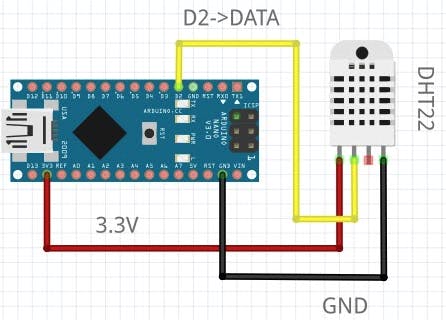
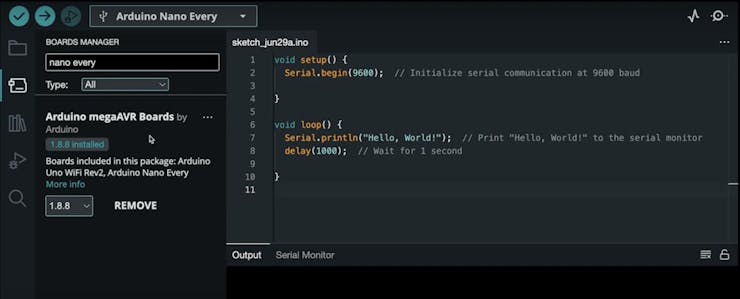
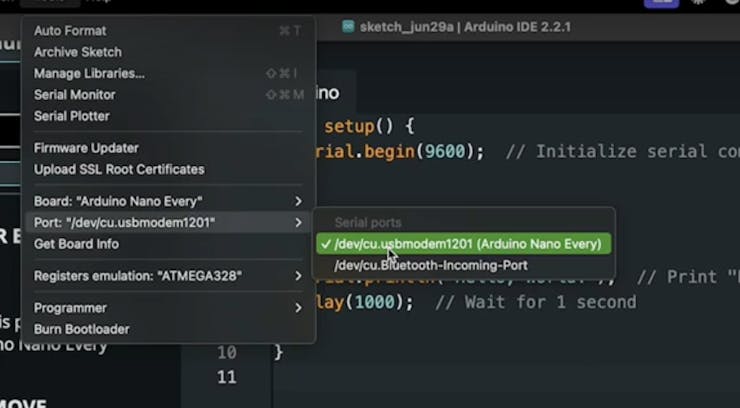
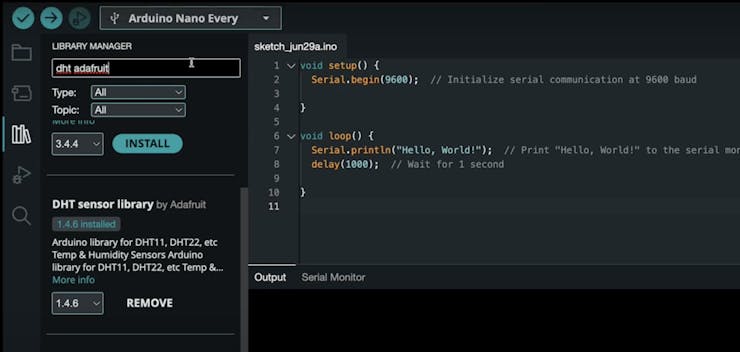
Hello! I'm a mechanical engineer and software enthusiast based in Austin, TX, where I run ShillehTek. My company promotes IoT education and offers consulting along with a range of microelectronic products. I'm passionate about all things tech, from coding to design. When I'm not working, I enjoy working out, playing sports, and discovering new places.
Follow me on social media to stay updated and connect! Let's make technology exciting together.
The DHT22 is a very powerful environmental sensor used in DIY projects for the Raspberry Pi, Arduino, and various other microcontrollers. It measures humidity and temperature accurately, all at a low price.




All access to code and resources on ShillehTek.
Already a member? Sign In

Enhance your Shopify store's product pages with our comprehensive guide on implementing tabular descriptions. Learn how to add a...

Effortlessly access and manage your Raspberry Pi from anywhere using Tailscale's secure mesh VPN.

In this tutorial, we delve into sending emails with the ESP32-S3 using Lua, focusing on the Xedge IDE's built-in SMTP...

Learn how to set up Xedge32 and start coding on the ESP32-S3 with Lua programming!

Discover the simplicity of streaming live audio directly from a USB microphone connected to your Raspberry Pi to...
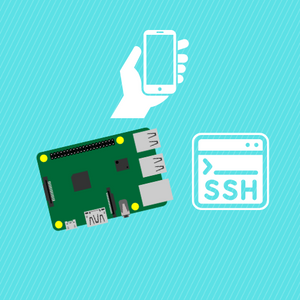
This beginner-friendly guide will walk you through remotely controlling your Raspberry Pi using SSH through your cell phone.
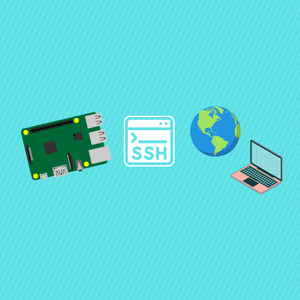
Learn how to SSH into your Raspberry Pi from any network. This is critical in IoT since you can control...
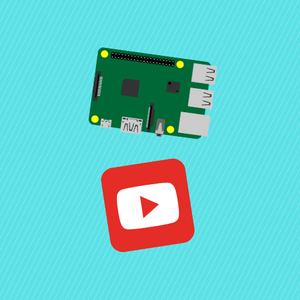
Learn how to stream to YouTube from a Raspberry Pi Camera.
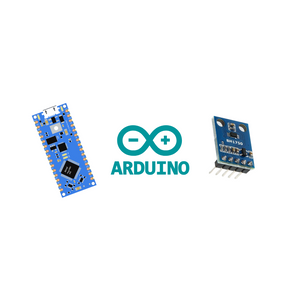
Learn how to measure ambient light for smart lighting control using Arduino and the BH1750 Light Intensity Module.
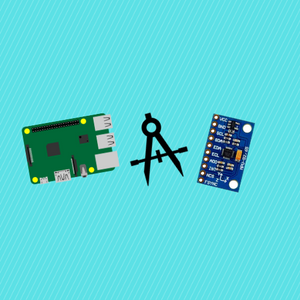
Learn how to calibrate the MPU9250 in Python with the Raspberry Pi to get more accurate acceleration and gyroscopic...
